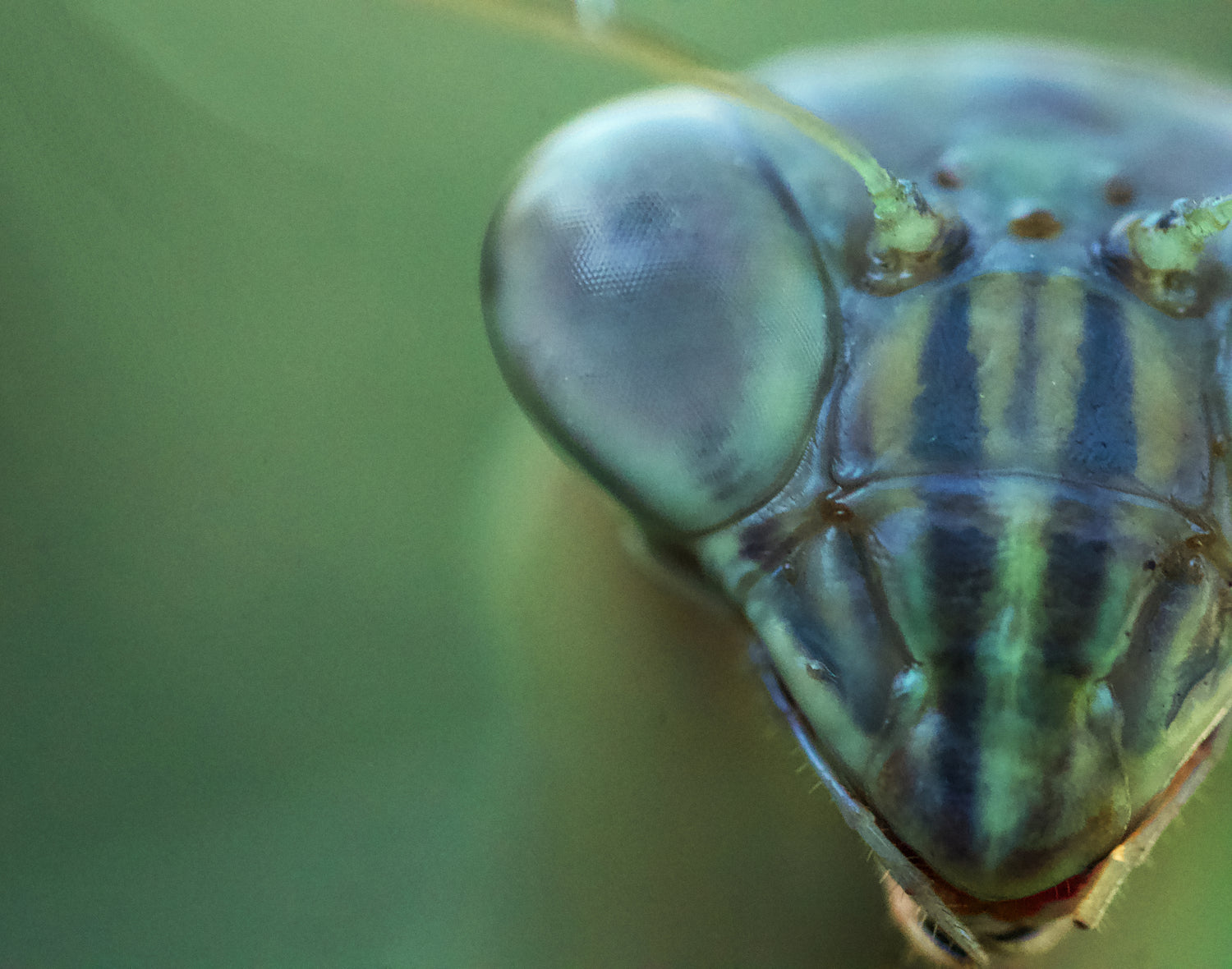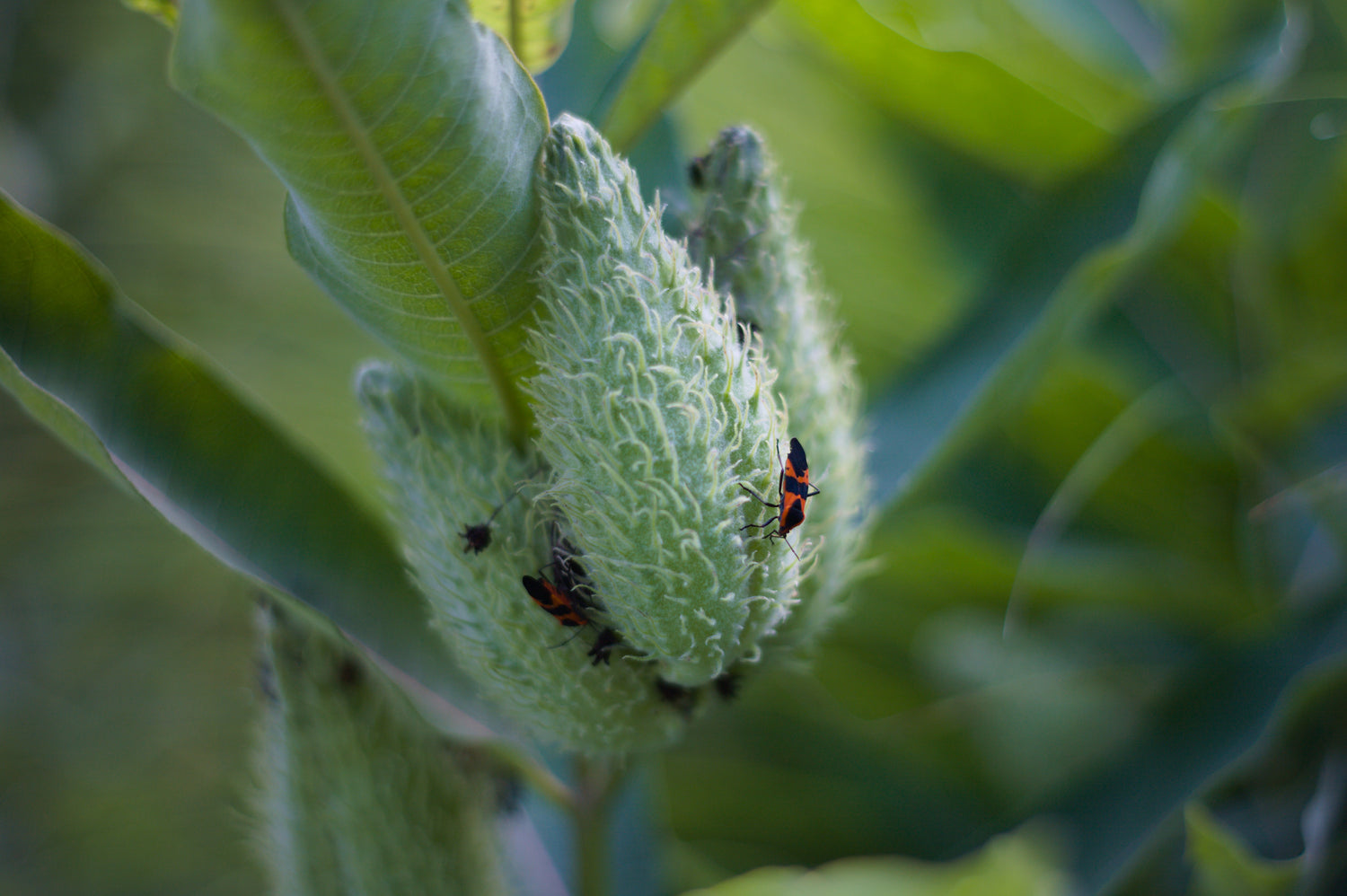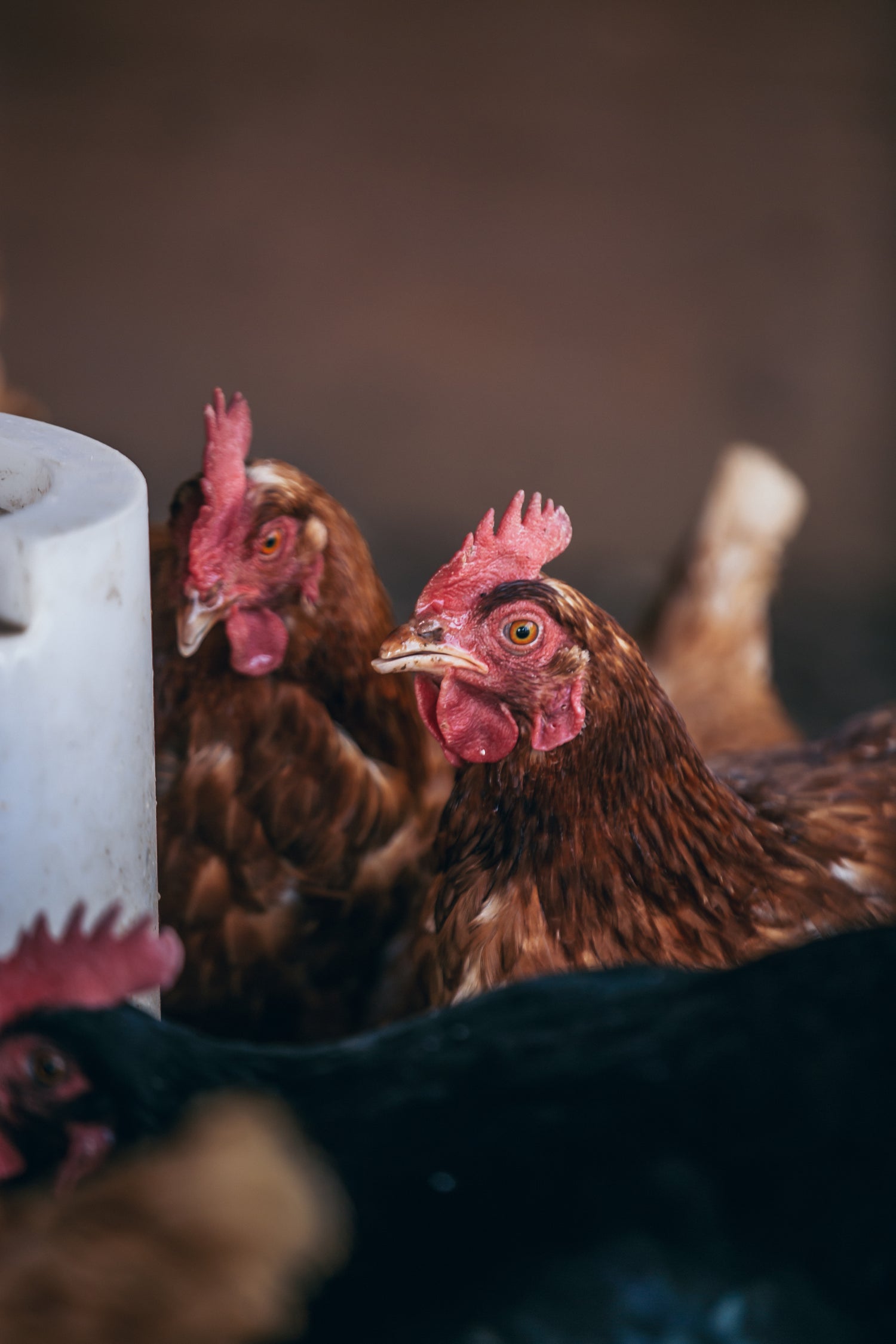
Spider Mite, Two Spotted Mite (Tetranychus urticae).
The disaster of a two spotted mite infestation is easily recognised by most growers. A few yellow spots quickly progresses into yellow leaves, webbing, and stunted or dead plants. If you look under the leaves you can see the culprit quietly ruining your plant.
Spider mites begin their lives as an egg. This hatches and a 6 legged Larva emerges, develops into an 8 legged Protonymph, Deutonymph, and then an 8 legged adult. The adult females lay about 6 eggs a day (about a hundred in her lifetime) and the cycle continues. The time it takes for a newly laid egg to develop into an adult varies with temperature. At 15 degrees C it takes about 23 days. At 30 degrees C it can take 2-3 days! Even worse, as day length declines below 12 hours some of the mite population hides an dark places and enters diapause. In this state the mite enters a kind of suspended animation and only awakens when the temperature and day length increases again. This is why mites always seem to arrive into your new crop in the same locations as the worst spots in the previous cycle.
Because of their rapid lifecycle spider mites are also quick to develop resistance to all of the harsh chemicals used to control them.
The physical mode of action of OSMOSLAY is effective against all life cycle stages except for the eggs. In a heated growing environment the blanket recommendation for spider mite is to apply three times with a three day interval. This should kill all of the mites present, and then kill the juveniles after they hatch, but before they are developed enough to lay more eggs. This breaks the lifecycle.
To effectively target mites the spray technique is critical. These mites prefer to live under the leaf and not on top. In an empty growing area they will be hidden underneath pots and benches, in cracks or join in the walls and glazing bars, even in seams between materials. To kill them you need to apply OSMOSLAY from all angles, and to run-off to get it everywhere they may be. Every mite you hit will die!
Aphids (Family Aphididae).
Aphids are small soft bodied insects. Several species of Aphid pose an agricultural pest, but all share the same characteristics.
The aphids in your crop are all females. They give birth to live young at an alarming rate, one aphid producing up to 100 young over 20 days! Then, when they detect their population density is too high, winged adults are produced and they fly around your crop to disperse the population.
Aphids feed by sucking plant sap which can deform leaves and fruit. The area they infest quickly becomes sticky as they secrete “honey dew”, a sticky sugary substance. This is then colonised by a fungus, called sooty mould, which turns your plant black.
It gets worse. Aphids are also known to vector plant viruses which can quickly kill your plants…
The upside to this lifecycle is your crop will not have any eggs on it, only juvenile and mature aphids so a single thorough application of OSMOSLAY should kill them all.
Whitefly (T. vaporariorum).
Greenhouse whitefly are small, white, winged insects that quickly infest many crops. A female whitefly will lay about 250 eggs over her lifespan of approximately 8 weeks. about a week later nymphs emerge and after 3 nymphal stages a pupa is formed. An adult emerges and the lifecycle repeats. The duration of this process is temperature dependent. At 18 degrees C the adult to adult duration is about 35 days, at 30 degrees C it reduces to 18.
Like Aphids, Whitefly secrete honey dew, which leads to a sticky mess that is then colonised by sooty mould. They also vector viruses.
OSMOSLAY will effectively kill all of the lifecycle stages except the egg and pupal stage if enough coverage occurs. The adults are a hard target as they actively evade being sprayed.
Due to their complex life cycle with both an egg and a pupal stage that are not susceptible to OSMOSLAY the control strategy is more complicated.
Firstly the liberal use of sticky traps can reduce the adult egg laying pressure.
Then spray OSMOSLAY three or four times 4 days apart. At this stage the nymphal stages should be destroyed by the first spray, and then the newly hatched larva and newly emerged adults should be killed by the consecutive sprays. The adult population will be reduced by the two applications but we recommend continuing to apply OSMOSLAY at a 10-14 day interval to prevent lifecycle completion until no more nymphs or adults can be found.



